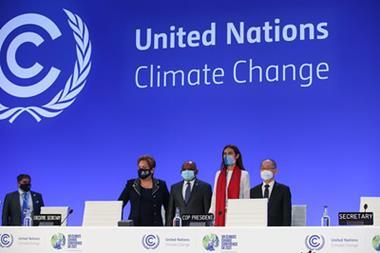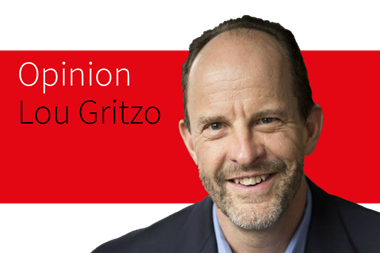Growing climate extremes are increasing our exposure to secondary perils
Devastating floods in Central Europe, wildfires around the world, a winter freeze in Texas and Hurricane Ida are just some of the natural disasters that have occurred so far in 2021.
They are also a reminder of how growing climate extremes and sea level rise are increasing our exposure to so-called secondary perils.
Currently, economic losses from the European floods - which devastated parts of Western Germany in July - are expected to reach $25 billion. The insurance industry is expected to absorb up to $6.5 billion of the total, making the event the costliest weather disaster in Europe in the past 40 years.
The Sixth Assessment Report from the IPCC tells us, we should expect weather patterns to become even more intense in the future.
“It has been clear for decades that the Earth’s climate is changing, and the role of human influence on the climate system is undisputed,” says IPCC Working Group I co-chair Valérie Masson-Delmotte.
“Yet the new report also reflects major advances in the science of attribution – understanding the role of climate change in intensifying specific weather and climate events such as extreme heat waves and heavy rainfall events.”
In this special report, read more about how the summer’s events are a further wake-up call of how the exposure is changing and the need to build more resilient businesses.
We also look at the risks and opportunities presented by growing transition pressures and why the smartest businesses will be the first to act.
And we present the results of our annual StrategicRISK climate change survey, in which we found out more about how your business is thinking about physical and transition risks and how prepared you feel.
Click to read the special report




















No comments yet